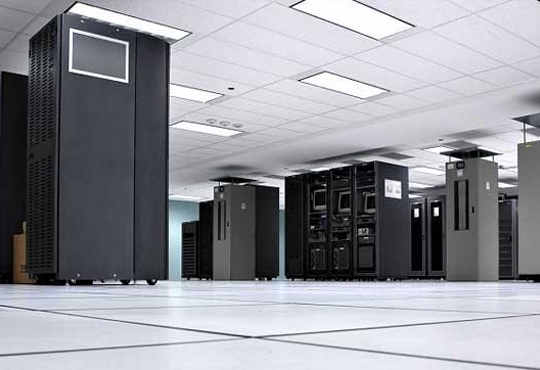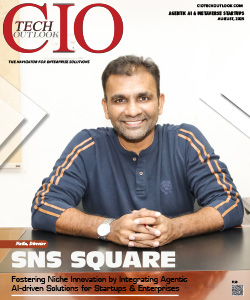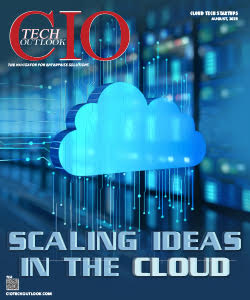Seagate Launches 6TB HDD Built with 12Gbps SAS
CIOReview Team | Tuesday, 02 June 2015, 12:43 IST
 Seagate, a strong player in storage business has launched a new 6TB hard disk drive called the Seagate Enterprise Capacity 3.5 HDD v4. This product is touted to be apt for the data center and enterprise requirements providing greater storage size and reliability and meeting the exponential growth of corporate and cloud-based data centers, reports BusinessWire. Built on proven eighth-generation platform, Seagate Enterprise Capacity 3.5 HDD v4 provides 25 percent better performance compared to the other 6TB offerings. The drive also provides greater security as it is equipped with Self-Encrypting Drive technology. The drive is built with the 12Gbps Serial-attached SCSI (SAS) which means that cables are thinner, connectors are less bulky and lesser crosstalk. The drive is also available in an enterprise-ready SATA 6Gbps interface for easy system integration. Enterprise Capacity 3.5 HDD v4 has industry-standard 3.5-inch HDD to help users handle the increasing amount of unstructured data. This drive outdoes the last generation 4TB nearline drive by supporting the highest density storage per square foot. Greater storage density also results in lower Total Cost of Ownership (TCO). Performing at 7200-RPM, supported by ramp load technology and a humidity sensor, the drive provides smooth working in challenging environments. The T10 and T13-compliant power management standards are used by the drive allowing the enterprises to save up to 90 percent more power. “Unstructured data growth is doubling exponentially and will propel the digital universe to reach 16 Zettabytes of data by as early as 2017. This will cause cloud service providers to look for innovative ways to store more within an existing footprint while lowering operational costs,” said Scott Horn, Seagate vice president of marketing. “Seagate is poised to address this challenge by offering the fastest 6TB enterprise capacity HDD based on our proven, reliable platform meeting this never-ending demand in both private and public cloud data centers.”
Seagate, a strong player in storage business has launched a new 6TB hard disk drive called the Seagate Enterprise Capacity 3.5 HDD v4. This product is touted to be apt for the data center and enterprise requirements providing greater storage size and reliability and meeting the exponential growth of corporate and cloud-based data centers, reports BusinessWire. Built on proven eighth-generation platform, Seagate Enterprise Capacity 3.5 HDD v4 provides 25 percent better performance compared to the other 6TB offerings. The drive also provides greater security as it is equipped with Self-Encrypting Drive technology. The drive is built with the 12Gbps Serial-attached SCSI (SAS) which means that cables are thinner, connectors are less bulky and lesser crosstalk. The drive is also available in an enterprise-ready SATA 6Gbps interface for easy system integration. Enterprise Capacity 3.5 HDD v4 has industry-standard 3.5-inch HDD to help users handle the increasing amount of unstructured data. This drive outdoes the last generation 4TB nearline drive by supporting the highest density storage per square foot. Greater storage density also results in lower Total Cost of Ownership (TCO). Performing at 7200-RPM, supported by ramp load technology and a humidity sensor, the drive provides smooth working in challenging environments. The T10 and T13-compliant power management standards are used by the drive allowing the enterprises to save up to 90 percent more power. “Unstructured data growth is doubling exponentially and will propel the digital universe to reach 16 Zettabytes of data by as early as 2017. This will cause cloud service providers to look for innovative ways to store more within an existing footprint while lowering operational costs,” said Scott Horn, Seagate vice president of marketing. “Seagate is poised to address this challenge by offering the fastest 6TB enterprise capacity HDD based on our proven, reliable platform meeting this never-ending demand in both private and public cloud data centers.”



.jpg)
